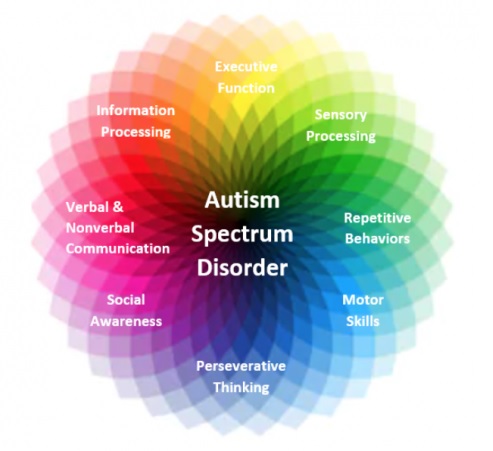Early identification and diagnosis of autism spectrum disorder: a literature review on evidence-based recommendations Narrative Review
Main Article Content
Abstract
Neurodevelopmental disorders correspond to a group of neurobiological-based clinical pictures. In the particular case of autism spectrum disorder (ASD), central difficulties are caused by deficiencies in communication/social interaction and by the presence of restrictive or repetitive behavior patterns. Diagnosis and treatment are currently based on behavioral criteria. According to data collected in different countries, at least 1 child out of 100 develops with some form of autism. Given the positive results associated with early interventions, for some years now, important efforts have been made with the aim of reducing the age of identification. In pediatric settings, familiarization with current diagnostic criteria, behavioral and etiological evaluation processes, and associated medical and behavioral conditions (sleep and eating disorders, seizures, gastrointestinal symptoms) affect the functionality and quality of life of the child and his family. To promote evidence-based practices on identification and diagnosis, several clinical guidelines and standards of practice have been published in different countries. The following article reviews and synthesizes these recommendations on the identification and diagnosis of ASD in the first years of life. This review has been carried out in light of recommendations from the international community that emphasize the need for evidence-based and culturally sensitive local programs and services, particularly in low- and middle-income settings.
Downloads
Article Details

This work is licensed under a Creative Commons Attribution-NonCommercial-ShareAlike 4.0 International License.

